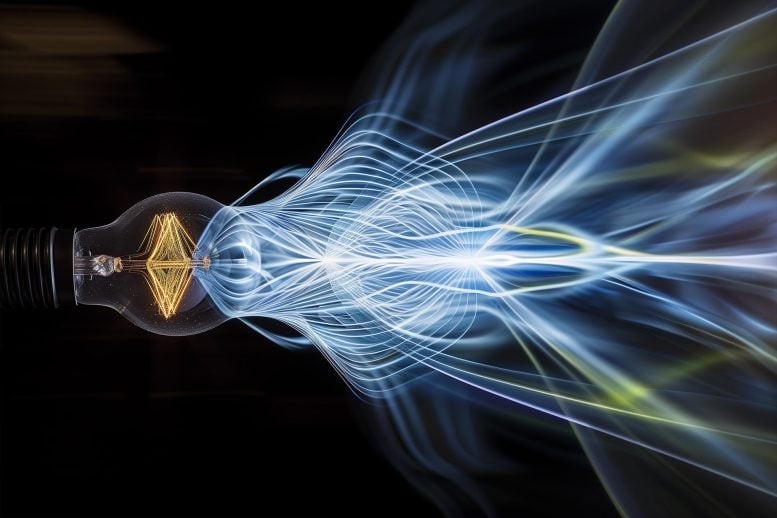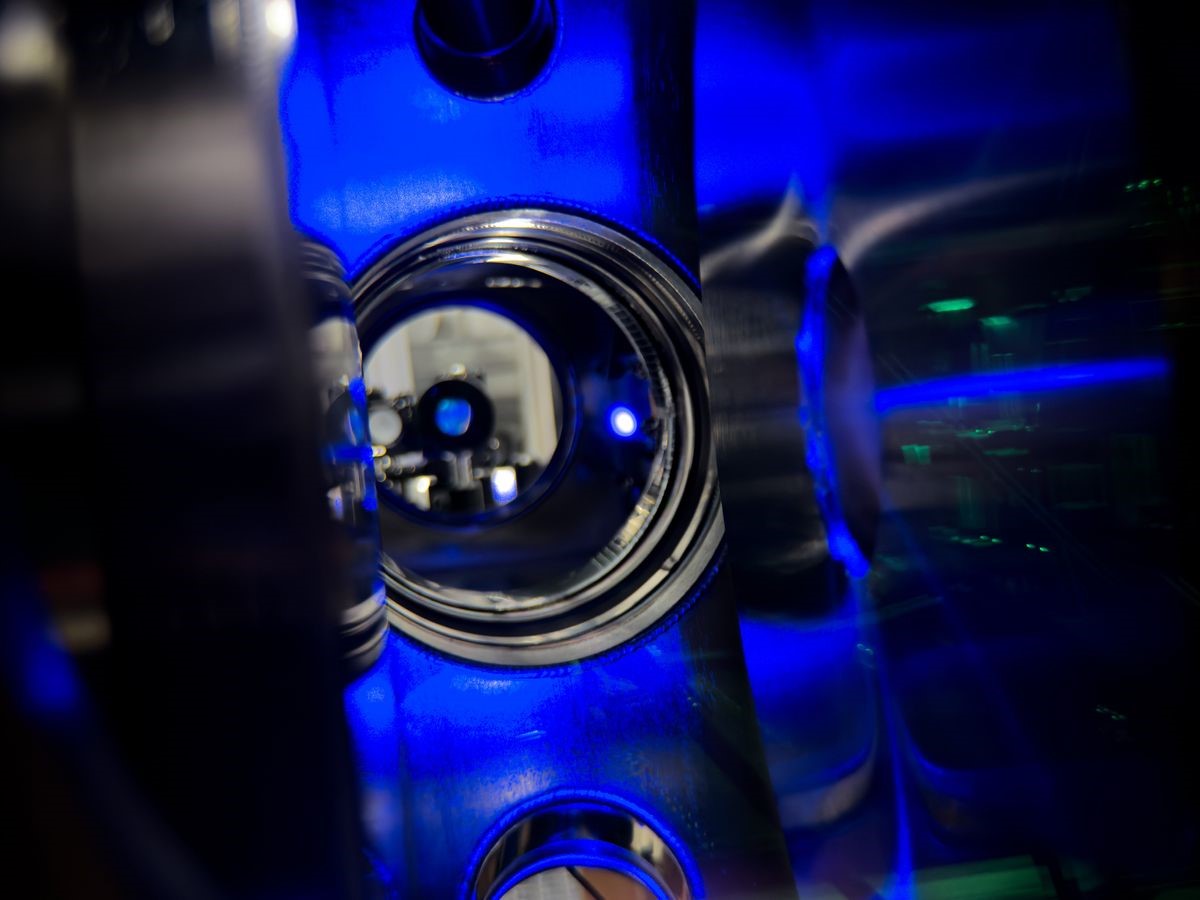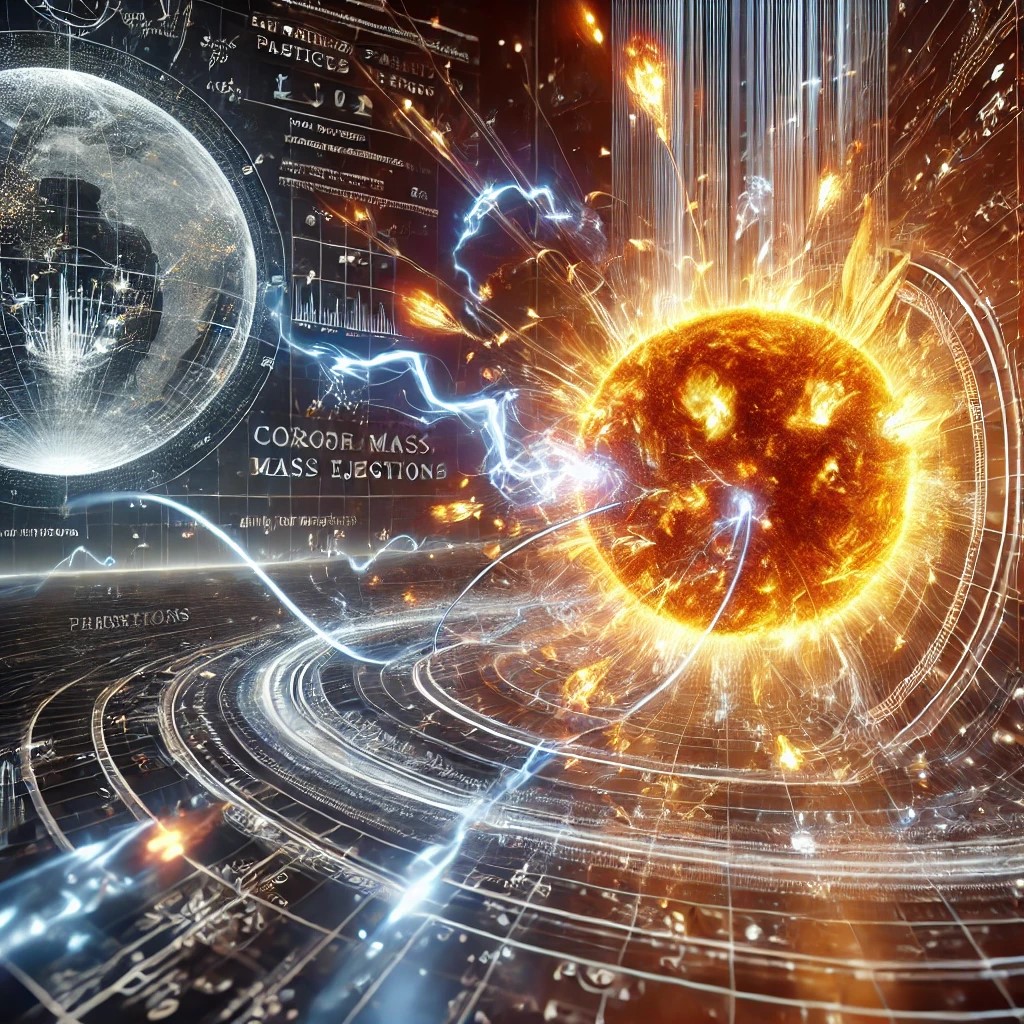This New Model Could Transform Solar Storm Prediction
Exploring Solar Wind and Its Link to Cosmic Rays
The sun is an extremely hot sphere of gas, primarily composed of hydrogen and helium, with surface and outer atmosphere temperatures reaching from 10,000 to 3.6 million degrees Fahrenheit. This immense heat causes the sun to emit a continuous flow of plasma — charged particles like protons and electrons. These particles are so energetically charged that they can escape the sun’s gravity, resulting in the release of solar wind into space. By studying how solar wind interacts with solar energy bursts, scientists gain insights into cosmic rays generated by supernova explosions.

Figure 1. New Model Has the Potential to Revolutionize Solar Storm Prediction.
Exploring Charged Particles and Shock Waves in Solar Ejections
Three years ago, do began working on charged particles during an undergraduate research project at the Harvard-Smithsonian Center for Astrophysics in Massachusetts. His research focused on understanding how charged particles accelerate when caught in powerful solar ejections of mass known as coronal mass ejections (CMEs). When these eruptions are fast enough, they create shock waves that accelerate the particles. Figure 1 shows New Model Has the Potential to Revolutionize Solar Storm Prediction.
Shock Waves and Particle Acceleration
"As these particles travel from the sun, they interact with charged particles along the way, gaining energy from the shock wave," Do explained.
“When we began this project, I hadn’t expected such a significant improvement,” Kovachy admits. “It’s always exciting when unexpected breakthroughs happen.”
As the particles gain energy, they speed up, racing into space and toward Earth. In some cases, they accelerate so rapidly that they break past the shock wave's crest, escaping into the cosmos.
To better understand this process, do built on a model from 2021 developed by astrophysicist Federico Fraschetti at the Center for Astrophysics. The updated model predicts how particles accelerate and escape over a broader range of energies than earlier models. It also includes how particles at both high and low energies can break free from the shock wave, a key advancement because earlier models believed only high-energy particles could escape.
Revisiting Decades-Old Models with Modern Insights
The previous model used by scientists to predict the behavior of charged particles, developed about 50 years ago, did not account for low-energy particles. By incorporating multiple energy levels into their updated model, the team created a set of equations that forecast how particles accelerate over time and predict how many particles escape at each energy level.
“We’re trying to allow for more particles to escape because we believe that’s more physically realistic,” Do explained.
After refining the model, Do and Fraschetti sought to compare it with a real solar event.
They knew it was only a matter of time before the opportunity arose, Fraschetti remarked. This is because the sun reaches its solar maximum at the peak of its 11-year cycle, when solar activity is at its highest. During a solar maximum, the massive explosions necessary to generate shock waves occur more frequently and with greater intensity.
Confirming Expectations and Future Applications
“The model showed excellent agreement with the data and confirmed that our physical expectations of what happens to young shock waves close to the sun were correct,” Fraschetti said. “We had never tested this expectation before, and it didn’t have to be this way.”
“This model can be applied to other areas of space research involving charged particles,” Do added.
Source: SciTECHDaily
Cite this article:
Priyadharshini S (2025), This New Model Could Transform Solar Storm Prediction, AnaTechmMaz ,pp.118















